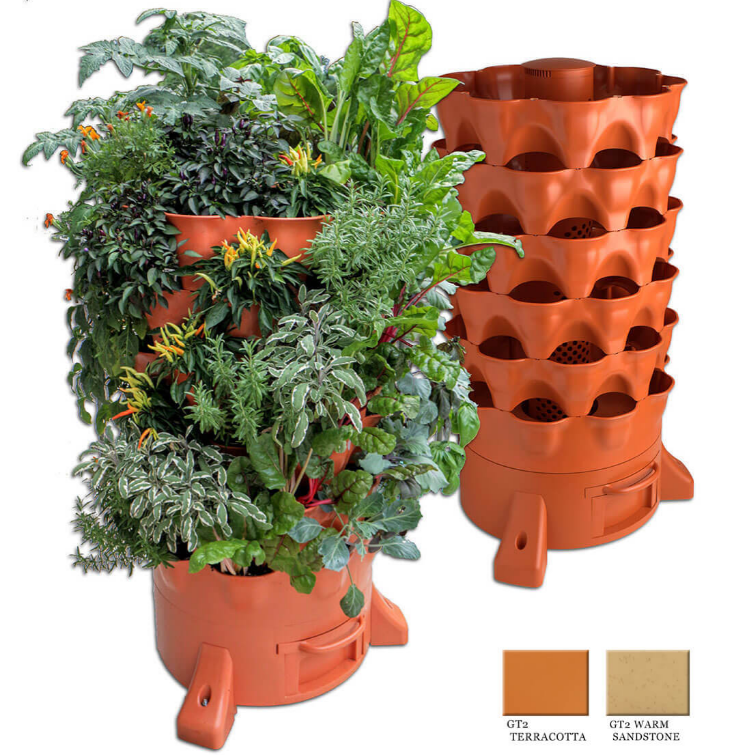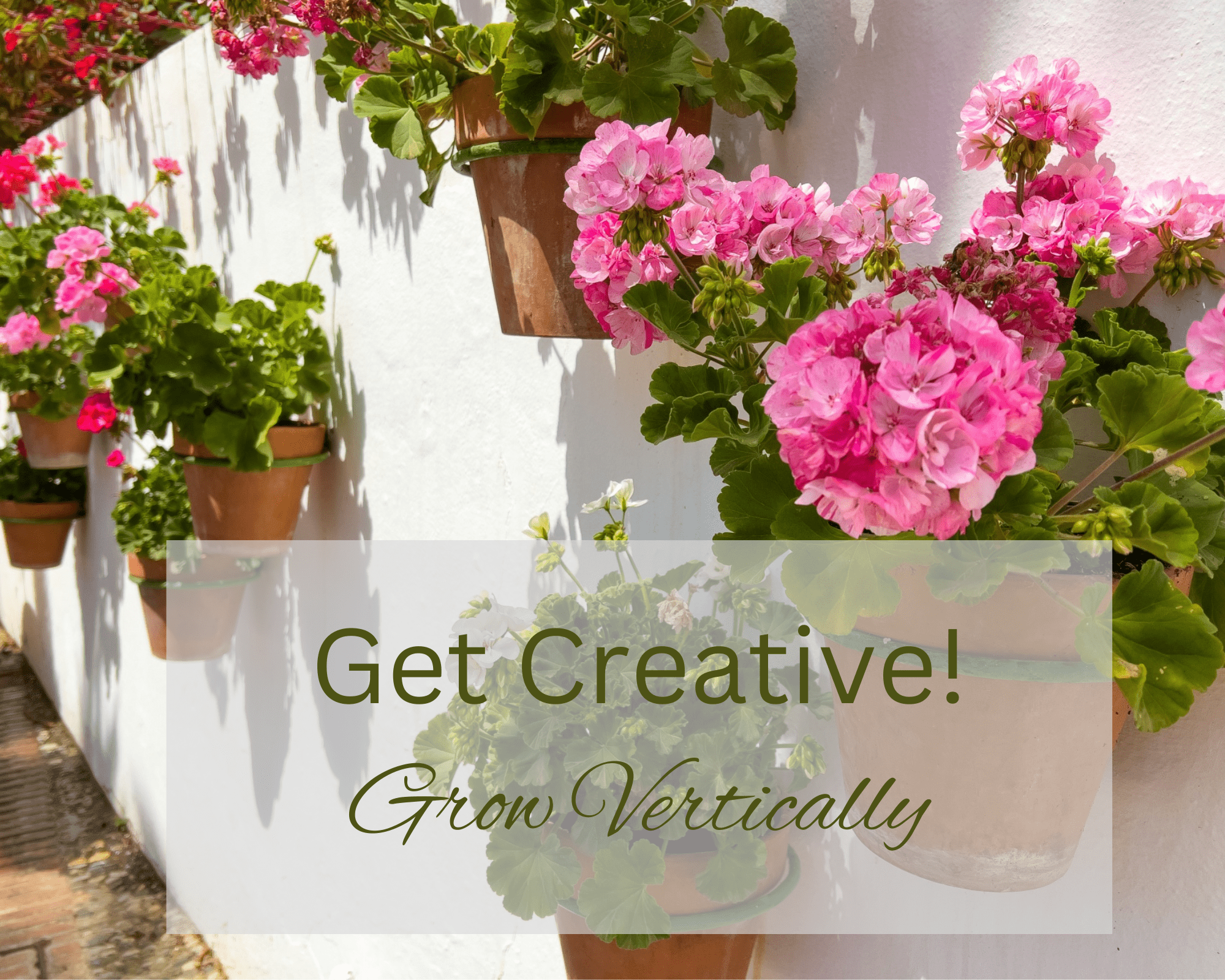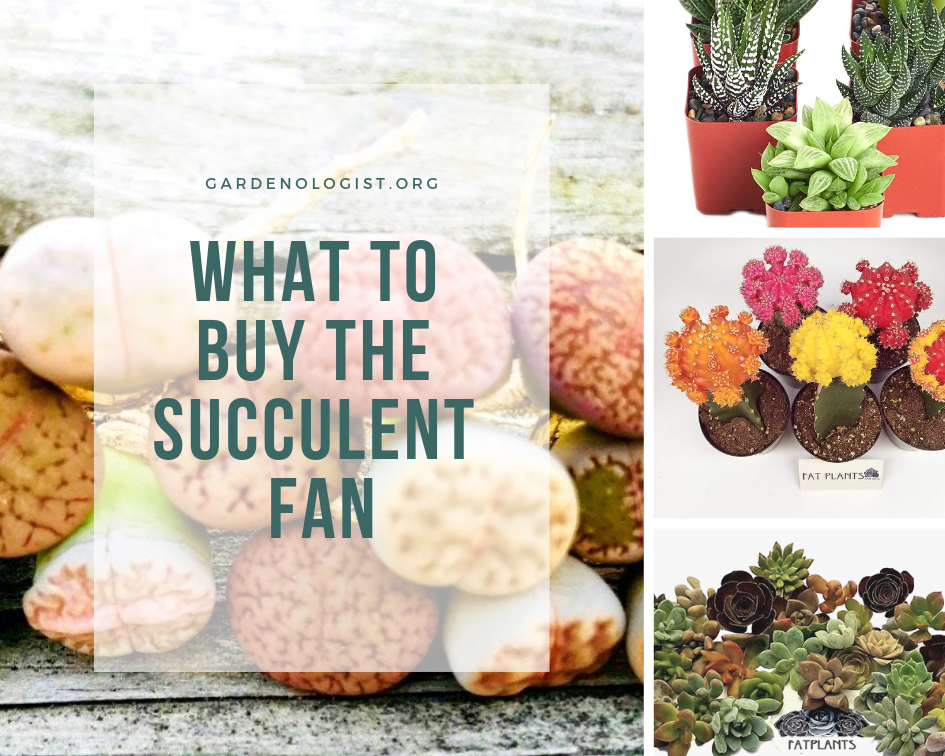This post may contain affiliate links. As an Amazon Associate we earn from qualifying purchases.
Vertical gardening has recently gained significant popularity as an innovative solution for urban dwellers and other individuals with limited gardening space. By using vertical surfaces such as walls, fences and balconies, vertical gardens offer a creative way to cultivate plants and transform ordinary spaces into lush green havens.
By the way, vertical gardening isn’t just for the outdoors, either. Check out the gorgeous systems available at ModernBotanical, online.
Advantages of vertical gardening
Space optimization: Vertical gardens make efficient use of limited space, allowing you to grow plants upwards rather than outwards. This is particularly beneficial for urban environments or small outdoor areas.
Aesthetic appeal: Vertical gardens provide an eye-catching focal point, adding a touch of natural beauty to any environment. Depending on the growing surface and the plants you choose, they can give off a boho vibe, show off your artistic abilities, display your classical taste and more.
Easy accessibility: Vertical gardens can be designed at a convenient height, minimizing the need for bending or kneeling during gardening tasks. This accessibility makes maintenance, harvesting, and pruning easier and more enjoyable.
Protection from pests: When plants are elevated off the soil they have far fewer pest problems.

Disadvantages of vertical gardening
Limited Root Space: Vertical gardens often provide less soil volume compared to traditional gardens. This limitation can affect the root development of certain plants, requiring careful selection of suitable species.
Watering and irrigation: Vertical gardens often need more frequent watering due to increased exposure to sunlight and wind, which can cause faster evaporation. Adequate irrigation systems, such as drip irrigation or self-watering systems, are necessary to ensure plants receive enough moisture.
Structural Support: Constructing a sturdy framework to support the weight of vertical gardens is essential. It’s fun as well. Consider cast-offs from thrift stores or something more elaborate. Whatever support you choose will need to be securely anchored, and free-standing structures must be stable to withstand wind and weather conditions.
Plant Selection: Certain plants may not thrive in vertical gardens due to limited space, restricted root growth, or insufficient sunlight. It’s crucial to select appropriate plant varieties that are well-suited for vertical growth. But this, to us, is the most fun part of the process
Ideas for setting up a vertical garden
Use pallets: Repurpose wooden pallets by attaching planter boxes or pockets to create a vertical planting structure. This DIY approach is cost-effective and allows for flexibility in plant arrangement. Get a walkthrough of a pallet project at Texas A&M Agrilife Extension.
Hanging baskets and pots: Use hooks or brackets to hang baskets or pots on walls, fences, or balcony railings. This method works well for trailing plants and flowers, adding vibrant colors to vertical spaces.
Wall-Mounted Systems: Install specialized vertical gardening systems that incorporate modular panels, pocketed planters, or trellises. These systems are designed to maximize space and provide a structured framework for various plant types. See the Resource section at the end of this post for ideas.
Vertical hydroponics: Explore hydroponic systems designed for vertical gardening, allowing plants to grow without soil. These systems offer efficient water and nutrient distribution, making them suitable for indoor vertical gardens. Check out the system at the University of Minnesota Extension’s website.
Need more ideas? Check out the Virginia Cooperative Extension.
What plants can be grown in a vertical garden?
Climbing vines: Plants like clematis, ivy, and honeysuckle are natural climbers that can thrive in vertical environments. They provide beautiful foliage, vibrant blooms, and a touch of elegance to any vertical garden.
Herbs and lettuce: Compact herbs such as basil, thyme, and stevia, as well as leafy greens like lettuce and spinach, are excellent choices for vertical gardens. They require minimal space and offer a fresh supply of culinary delights.
Strawberries: Growing vertically is ideal for strawberries. They won’t have the same tendency to lounge around on the soil to rot but can be trained to hang over the sides of the container.
Succulents: Drought-tolerant succulents, such as echeveria, sedum, and aeonium, are well-suited for vertical gardens. Their unique shapes and textures add visual interest to the vertical space.
Ferns: Ferns, including maidenhair fern, Boston fern, and foxtail, are adaptable plants that thrive in vertical gardens with limited sunlight.
Vertical gardening gives you the perfect opportunity to transform limited or unused spaces into thriving green oases. Despite a few challenges, the benefits make vertical gardening a rewarding project.
Teak Privacy Screen/Plant Stand
Garden Tower 2, 50-plant




